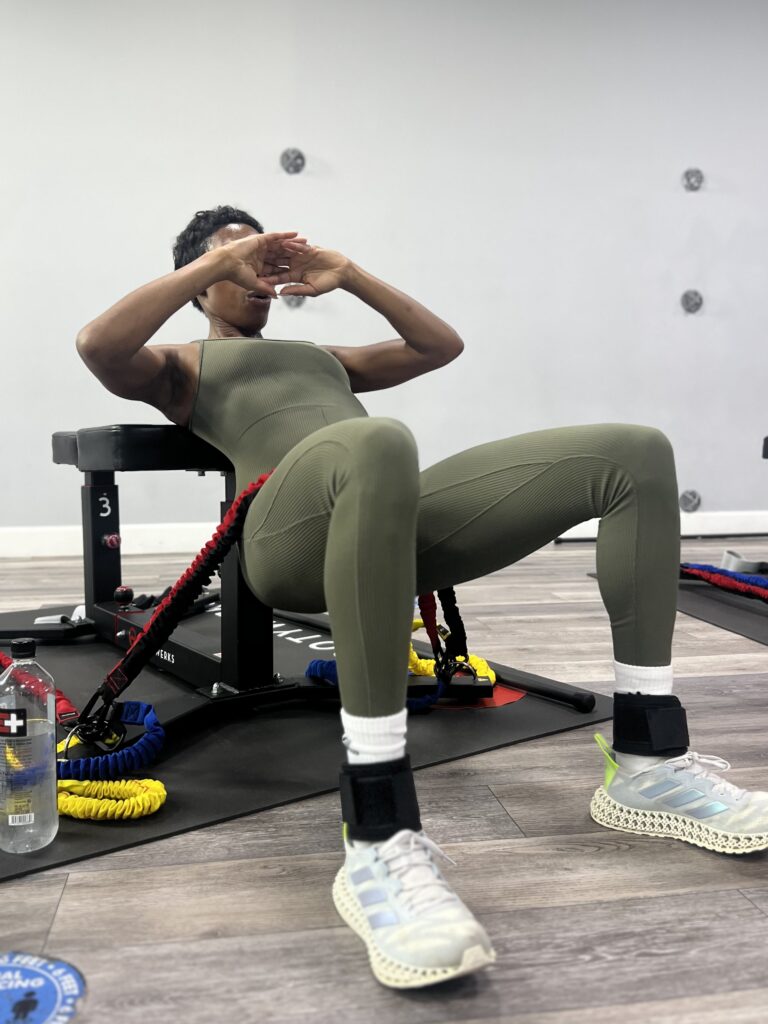Are you Incorporating Hip Thrust in your Routine
Title: The Hip Thrust: A Key Exercise for Sculpting Stronger Glutes

As you walk into the gym, today’s agenda is crystal clear: it’s all about the legs and glutes. You’ve got your workout plan set, with deadlifts and hip thrusts topping the list. Deadlifts? Piece of cake. But when it comes to hip thrusts, it’s a different story. You’ve tried them a few times, watched tutorials from your favorite fitness influencers, but doubts linger. “Am I doing this right?” “Am I pushing myself or risking injury?” The uncertainty is real, but so is your determination to master this exercise and unlock the full potential of your lower body. It’s time to conquer those doubts and unleash the power of the hip thrust!
In the world of fitness, the quest for a toned and sculpted lower body often leads to the glutes, a set of muscles that play a crucial role in our everyday movements. Among the various exercises aimed at enhancing these muscles, one stands out as particularly effective: the hip thrust. This simple yet powerful movement has gained popularity for its ability to target and develop the glutes like no other exercise.
What is a Hip Thrust?
The hip thrust is a resistance exercise that primarily targets the glutes, specifically the gluteus maximus, the largest muscle in the buttocks. It involves lifting the hips upward while seated on the floor or using a bench, with the shoulders resting on a stable surface. The movement is performed by driving through the heels and squeezing the glutes at the top of the motion.
Importance of the Hip Thrust
- Targeted Glute Activation: The hip thrust specifically targets the glutes, ensuring that these muscles are effectively engaged throughout the movement. This targeted activation is crucial for building strength and size in the glutes.
- Improved Athletic Performance: Strong glutes are essential for athletic performance in activities such as running, jumping, and squatting. The hip thrust helps improve hip extension, which is vital for generating power and speed in these movements.
- Reduced Risk of Injury: Weak glutes can contribute to a variety of injuries, including lower back pain, hip pain, and knee issues. By strengthening the glutes, the hip thrust can help reduce the risk of these injuries and improve overall lower body stability.
- Better Posture and Spinal Alignment: Strong glutes play a role in maintaining proper posture and spinal alignment. The hip thrust can help strengthen the muscles that support the spine, leading to better posture and reduced risk of back pain.
- Enhanced Aesthetic Appeal: Beyond the functional benefits, the hip thrust can also help sculpt a more aesthetically pleasing physique. By building and toning the glutes, this exercise can help create a rounder, firmer, and more lifted appearance.
Incorporating the Hip Thrust into Your Routine
To incorporate the hip thrust into your workout routine, start by mastering the proper form. Begin with bodyweight hip thrusts to familiarize yourself with the movement pattern. As you become more comfortable, gradually add resistance using a barbell, dumbbells, or resistance bands.
Include the hip thrust in your lower body or full-body workout routine, performing 3-4 sets of 8-12 repetitions with proper form. As you progress, you can increase the weight and volume to continue challenging your glutes and promoting growth.
In conclusion, the hip thrust is a highly effective exercise for developing strong, shapely glutes. Whether your goal is to improve athletic performance, reduce the risk of injury, or enhance your physique, incorporating this exercise into your routine can bring about significant benefits. So, next time you hit the gym, don’t forget to give your glutes some love with a few sets of hip thrusts. Your body will thank you!
